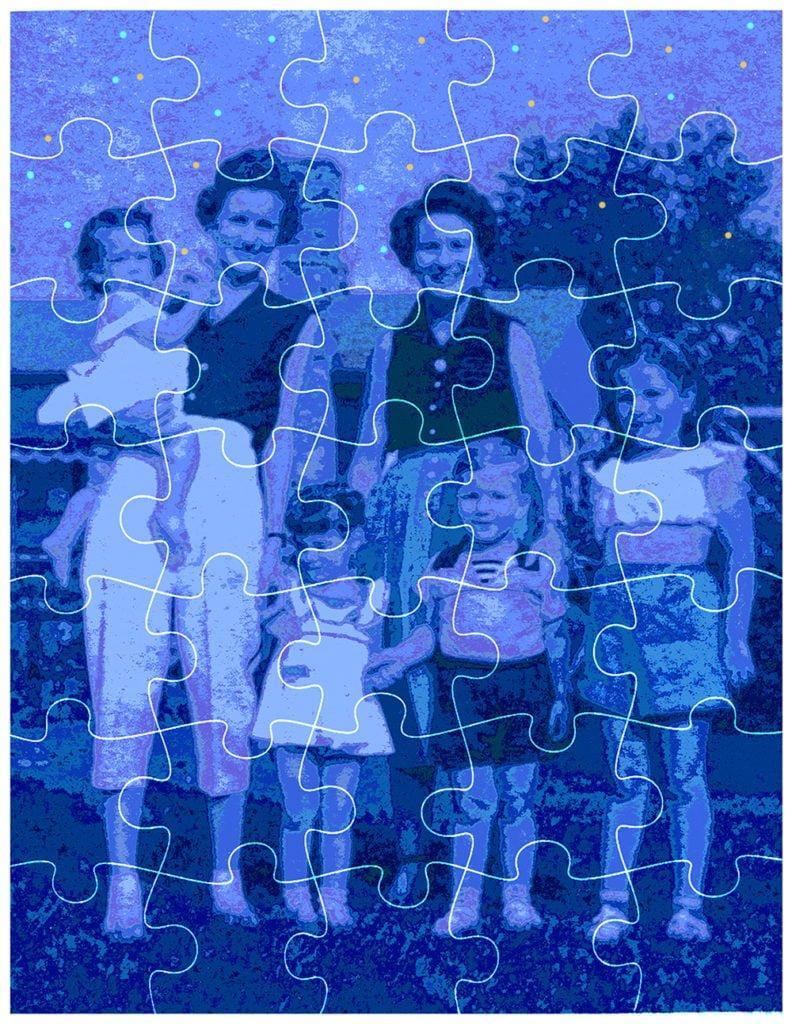 Many different things bring people together. Like love. Ice cream. Music. Dancing. A child dying. A rescue. Hurricanes that devastate communities. Shootings. Lost dogs. Laughing babies. Peace marches. Funerals. Horrible events when the world suddenly stops, like when the World Trade Towers collapsed. Like during the great New York City blackout of 1965.
Many different things bring people together. Like love. Ice cream. Music. Dancing. A child dying. A rescue. Hurricanes that devastate communities. Shootings. Lost dogs. Laughing babies. Peace marches. Funerals. Horrible events when the world suddenly stops, like when the World Trade Towers collapsed. Like during the great New York City blackout of 1965.
The power went out 43 years ago, on Tuesday, November 9, at 5:30pm as people were coming home from work and thinking about dinner. Just a kid at the time, I was living in the Long Island suburbs. What I remember most about the blackout was how all the neighbors gathered in the darkening street. Old and young, Catholics and Jews, the Irish and the Italians, the kids who went to parochial school and those in public schools, the people who lived in the big fancy houses and the ones from the dingy dilapidated ones, those who had voted Republican the week before and the ones who voted Democrat, the couple with the funny name who barely spoke English, the friendly guy with candy in his pockets who they called “Ree-tar-dead,” the girls who were popular and us girls who were not and the boys who teased us all, our fathers and mothers, and even the lady who had not left her home since her husband died—they all came out of their houses shocked, chatting up a storm, and watching the stars and full moon rising in the otherwise darkened sky. No one knew how far the dark stretched, or when—or if— the lights would ever come back on. But I felt safe, standing together with the whole neighborhood.
Two weeks ago I wrote a post about categorizing friends. Later, when I thought about it, I wanted to curl up in a dark corner and disappear. It sounded like I was splitting the people I care about into opposing teams. I don’t want to highlight things that separate us. We don’t need anything else to split us apart theses days. Globally, and as a nation, and even in our own communities and households, we are so divided.
It’s time to focus on what unites us. The things we have in common, our shared hopes and dreams. We should be recognizing the things that bring us all together. In peace. In kindness. And in good health and happiness. We all need to feel safe together.
What unites us?
